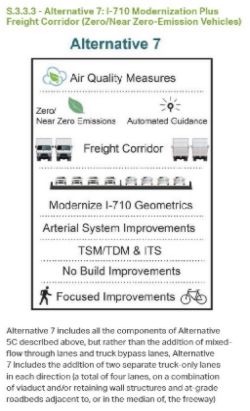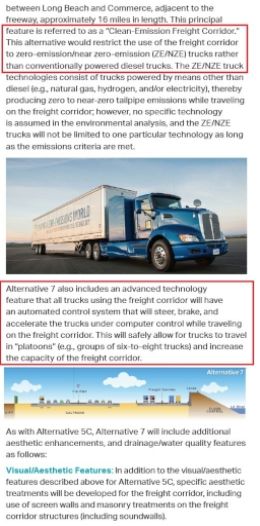Shorting Oil, Hedging Tesla
We may already be post peak for diesel demand. The peak could be 27.6 mb/d in 2015. In the following year consumption fell 128 kb/d. This may not seem like much but growth over the prior ten years suggested an increase around 450 kd/d.
One contributing factor is that electric buses in China account for 68 kb/d of diesel displacement. So EV displacement already account for more than half the decline in global decline in diesel.
If heavy electric vehicles, including semis, continue to double every year, then by 2019 this displacement will reach 560 kb/d and totally overwhelm the natural demand growth rate of 450 kb/d. Thus, within 3 years commercial EVs can make the decline in diesel consumption permanent.
Peak diesel may already be in the rearview mirror.
We may already be post peak for diesel demand. The peak could be 27.6 mb/d in 2015. In the following year consumption fell 128 kb/d. This may not seem like much but growth over the prior ten years suggested an increase around 450 kd/d.
One contributing factor is that electric buses in China account for 68 kb/d of diesel displacement. So EV displacement already account for more than half the decline in global decline in diesel.
If heavy electric vehicles, including semis, continue to double every year, then by 2019 this displacement will reach 560 kb/d and totally overwhelm the natural demand growth rate of 450 kb/d. Thus, within 3 years commercial EVs can make the decline in diesel consumption permanent.
Peak diesel may already be in the rearview mirror.






